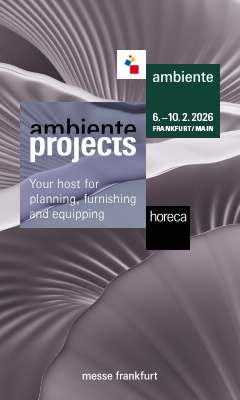News
Land of rising hospitality: Hotels rethink the spirit of Japan
Japan’s economy might be contracting, but tourism is booming. Favorable currency exchange rates and supportive government policies have enabled Japan to become a top-tier travel destination: A record more than…



